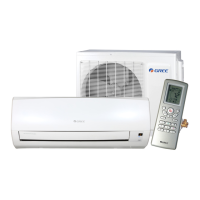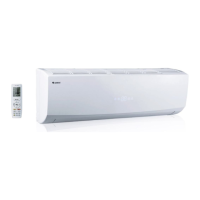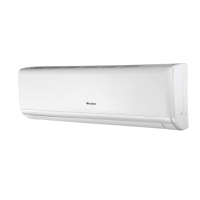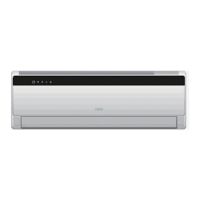Fire Fighting Measures
HC R-290 is delivered, stored, and used at temperatures above their flash point.
Avoid all naked flames, sparks, cigarettes, etc.
•
In case of fire, immediately alert fire brigade
•
Ensure an escape path is always available from any fire
•
If gas has ignited do not attempt to extinguish but stop gas flow and allow
to burn out.
•
Use water spray to cool heat-exposed containers, and to protect surround-
ing areas and personnel effecting the shut off
•
Every precaution must be taken to keep containers cool to avoid the pos-
sibility of a boiling liquid expanding vapour explosion (BLEVE)
Extinguishing Media:
In case of a large fire:
Release must be stopped and container cooled by water spray.
Water mist should be used to assist approach to the source of the fire.
Large fires should only be handled by Fire Brigade.
DO NOT USE WATER JET
Small fire:
Use dry powder extinguisher
DO NOT USE WATER OR FOAM
Special protective equipment for fire fighters:
In confined spaces use self-contained breathing apparatus
Hazardous combustion products:
Incomplete combustion may form carbon monoxide.
Accidental Release Measures
Immediate emergency action:
•
Clear people away from the area to a safe place
•
Do not operate electrical equipment unless “Ex”-rated
•
Summon the emergency services
•
Treat or refer casualties if necessary
Further actions:
•
Stop release
•
Use dry powder or carbon dioxide extinguishers
•
Cool containers exposed to fire by using water / mist spray.
Further action (when release is made safe):
•
Extinguish all naked lights – avoid creating sparks
•
Position fire fighting equipment
•
Cover drains and disperse vapour with water spray. Note: vapour may col-
lect in confined spaces.

